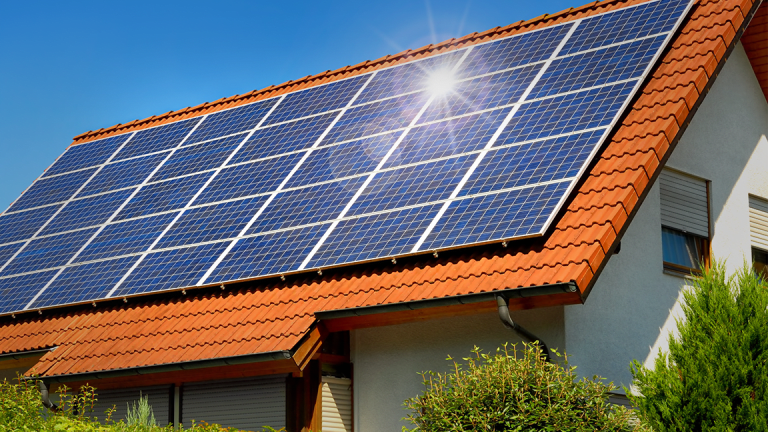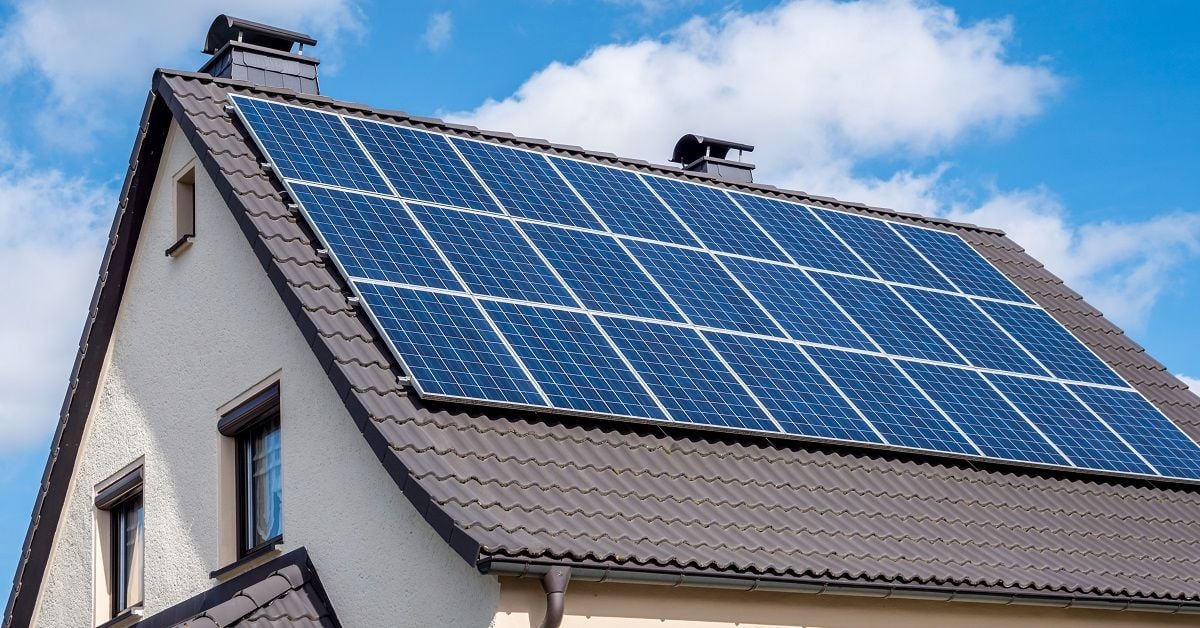Solar Panel Cost: How much do solar panels cost to power a house?
Solar energy is becoming an increasingly popular choice for homeowners looking to reduce their carbon footprint and save on electricity bills. One of the key considerations when it comes to solar energy is the cost of installing and powering a solar panel system for your house. In this article, we will delve into the factors that influence solar panel costs, helping you make an informed decision for your home.
Factors Affecting Solar Panel Costs
- Size of the System: The cost of a solar panel system is directly proportional to its size. A larger system will produce more electricity, but it will also require more panels and components, increasing the overall cost.
- Type of Solar Panels: There are various types of solar panels available in the market, such as monocrystalline, polycrystalline, and thin film. Each type has its own cost and efficiency characteristics, which will impact the overall cost of the system.
- Installation Complexity: The complexity of the installation process can also influence the cost. Factors like the roof type, shading, and structural modifications can increase the labor and equipment required for installation, leading to higher costs.
- Location: The geographical location of your house plays a significant role in determining solar panel costs. The amount of sunlight your area receives throughout the year affects the size and efficiency of the system required, and thus, impacts the cost.
- Incentives and Rebates: Government incentives, tax credits, and rebates can significantly reduce the overall cost of installing solar panels. Researching available incentives in your area can help you save money on your solar panel system.
Average Solar Panel Costs
The cost of a solar panel system can vary widely depending on the factors mentioned above. On average, the cost of installing solar panels to power a house ranges from $15,000 to $40,000. This estimation includes the cost of solar panels, installation, and other necessary equipment.
Understanding Solar Panel PricingInvesting in solar panels can be an excellent way to reduce your carbon footprint and save on electricity costs in the long run. However, before making the leap, it’s essential to understand the factors that contribute to solar panel pricing. In this blog post, we will break down the different aspects of solar panel costs, including the cost per watt, system cost, breakdown of solar panel expenses, and the potential for government incentives and rebates.
A. Cost per watt and system cost
When evaluating solar panel pricing, one of the key metrics to consider is the cost per watt. This metric refers to the price you pay for each watt of electricity that the solar panel system can generate. Solar panel costs can vary significantly, but as of 2023, the average cost per watt ranges from $2.50 to $3.50.
The total system cost of installing solar panels depends on several factors, including the size of the system and your location. On average, a residential solar panel system can cost between $15,000 and $25,000 before incentives and rebates. However, it’s important to note that these figures can vary widely based on individual circumstances.
B. Breakdown of solar panel costs

To better understand solar panel pricing, let’s break down the different components that contribute to the overall cost:
- Solar panels themselves: The solar panels themselves account for a significant portion of the overall cost. The type, brand, and efficiency of the panels can impact the price. High-efficiency panels tend to be more expensive but can generate more electricity per square foot.
- Inverter and other system components: In addition to solar panels, an important component of the system is the inverter, which converts the direct current (DC) electricity generated by the panels into alternating current (AC) electricity usable in your home. Other system components, such as wiring, monitoring systems, and batteries (if applicable), also contribute to the overall cost.
- Mounting and installation expenses: Proper installation is crucial for the optimal performance and longevity of your solar panel system. Mounting the panels on your roof or ground-mounted racks requires labor and materials, which can add to the overall cost. Complex roof designs, accessibility issues, or additional structural work can also increase installation expenses.
- Permitting and inspection costs: Before installing solar panels, you may need to obtain permits and undergo inspections to ensure compliance with local regulations and safety standards. These costs vary depending on your location but should be factored into your overall budget.
C. Government incentives and rebates
When considering solar panel pricing, it’s important to explore potential government incentives and rebates that may help offset the costs:
- Federal tax credits: The federal government offers a solar investment tax credit (ITC), which allows you to deduct a percentage of the solar panel system’s cost from your federal taxes. As of [current year], the ITC allows for a 26% credit, reducing your tax liability. However, the percentage is set to decrease in subsequent years, so it’s essential to take advantage of this incentive while it’s available.
- State and local incentives: Many states and local governments offer additional incentives to encourage solar panel adoption. These incentives can include cash rebates, grants, property tax exemptions, or sales tax exemptions. Researching the specific incentives available in your area can provide valuable cost-saving opportunities.
- Net metering and feed-in tariffs: Net metering allows solar panel system owners to sell excess electricity back to the grid, effectively reducing their electricity bills. Feed-in tariffs, on the other hand, provide a fixed rate for the electricity generated by your solar panels that is fed back into the grid. These programs can help offset the initial investment by providing ongoing savings on your electricity bills.
Understanding the various factors that contribute to solar panel pricing is crucial when considering investing in renewable energy. Evaluating the cost per watt, system cost, and the breakdown of expenses can help you make an informed decision. Additionally, exploring government incentives and rebates can significantly reduce the overall financial burden associated with installing solar panels. With the right information and incentives in place, transitioning to solar energy can be a financially viable and environmentally conscious choice.
Return on Investment
While the initial cost of installing solar panels may seem substantial, it is essential to consider the long-term savings and return on investment. Solar panels can significantly reduce or even eliminate your monthly electricity bills, allowing you to recoup the installation costs over time. Additionally, solar panels can increase the value of your property, making it a wise investment in the long run.
In conclusion, the cost of solar panels to power a house depends on various factors, including the system size, type of panels, installation complexity, location, and available incentives. By considering these factors and calculating the potential return on investment, you can determine the most suitable solar panel system for your house. Switching to solar energy not only benefits the environment but also provides long-term savings and energy independence.

Frequently Asked Questions
Can solar panels really save you money?
While there are upfront costs associated with installing solar panels, over time they can save you money on your electricity bill. In some cases, homeowners may even be able to sell excess energy back to the grid.
How many solar panels are needed to power a house?
Most homeowners need between 2-8 kilowatts (kW) to power their homes entirely with solar energy. This can be accomplished with a single solar panel.
To put this in perspective, the average American home uses about 30 kilowatts of power per day (30 kWh/day). A typical solar panel can generate about 2-4 kWh of power per day.
Do solar panels work at night?
Do solar panels work at night? Yes, but it will depend on the conditions. Solar energy is collected by photovoltaic cells which convert light into electricity and store it in batteries. When the cells are exposed to sunlight, they produce electricity. When there is no light or its nighttime, the photovoltaic cells will use battery power.
